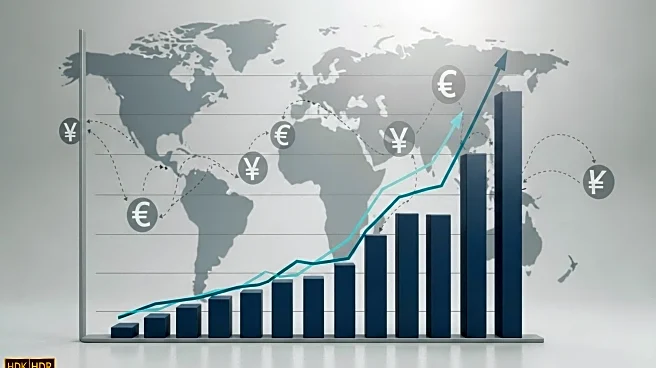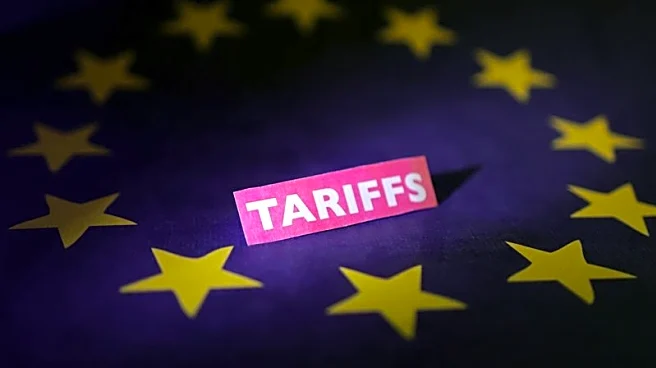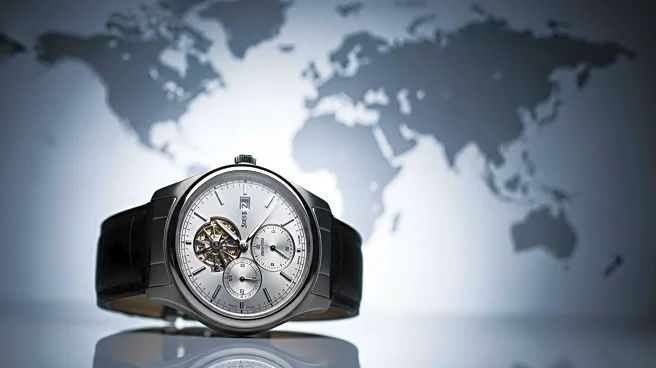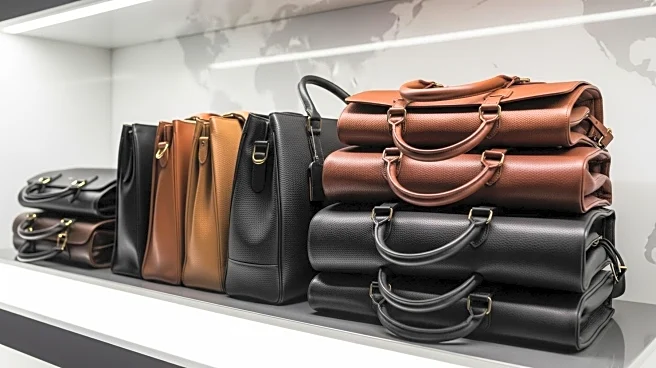What's Happening?
Spanish beauty company Puig, known for its perfume brands such as Rabanne, Carolina Herrera, and Jean Paul Gaultier, announced a significant rise in profits for the first half of the year. The company's profit surged by 79% to €275 million ($322 million), driven by increased sales in anticipation of higher US tariffs. Puig strategically shipped most of its stock to the United States earlier in the year to mitigate the impact of tariffs, which were agreed upon under a deal with the European Union in July. These tariffs, set at 15% on most imported EU goods, are substantially higher than previous tariffs on EU beauty products.
Why It's Important?
The profit increase highlights Puig's strategic foresight in navigating international trade challenges, particularly the heightened tariffs imposed by the US. This development underscores the broader impact of trade policies on global businesses, especially in the beauty and cosmetics industry. Companies like Puig are compelled to adapt their strategies to maintain profitability amidst changing tariff landscapes. The situation also reflects the ongoing economic tensions between the US and EU, affecting various sectors and prompting businesses to reassess their operational and pricing strategies.
What's Next?
Puig's approach to managing tariff impacts may serve as a model for other companies facing similar challenges. As the tariffs continue to affect EU imports, businesses might explore further strategies such as price adjustments or diversifying supply chains to mitigate costs. Additionally, Puig's performance could influence its future market strategies and expansion plans, potentially leading to increased focus on non-US markets or innovative product offerings to sustain growth.
Beyond the Headlines
The tariff situation raises questions about the long-term implications for international trade relations and the beauty industry's resilience in adapting to geopolitical shifts. Companies may need to consider ethical and sustainable practices in their supply chains to align with evolving consumer expectations and regulatory environments.













